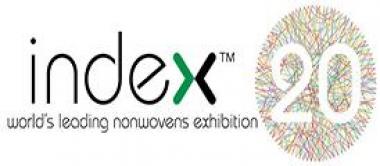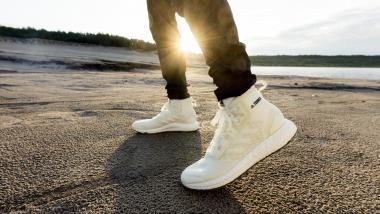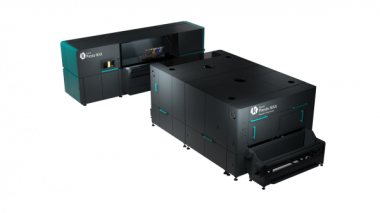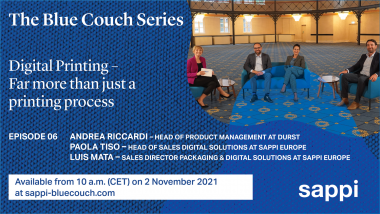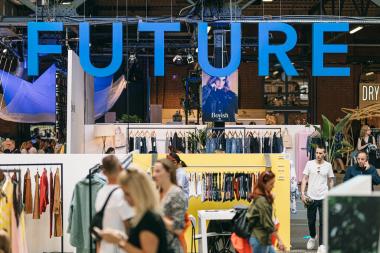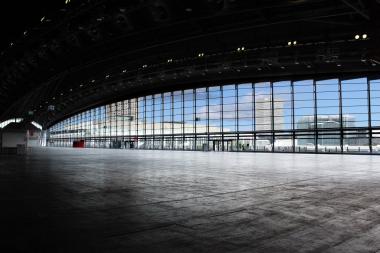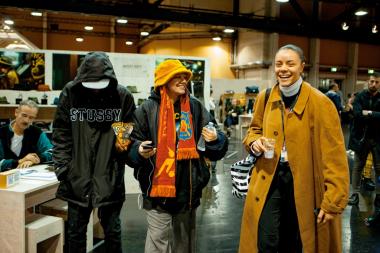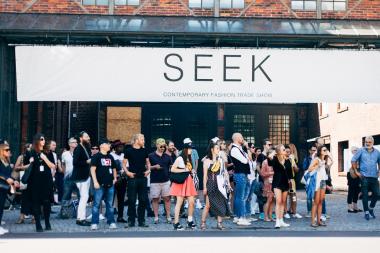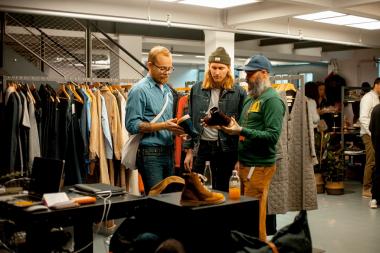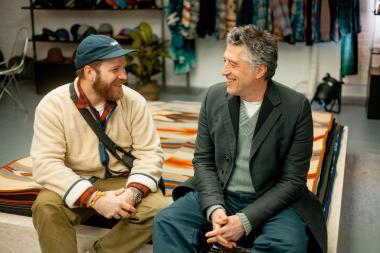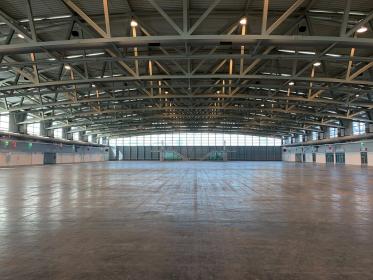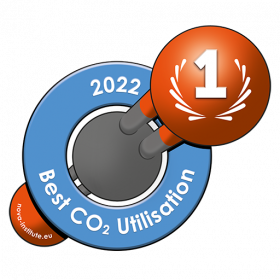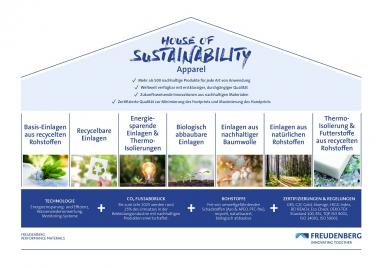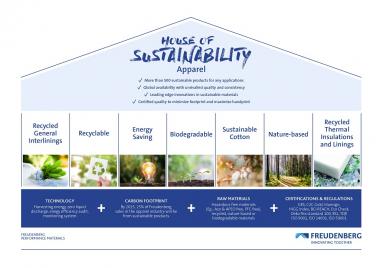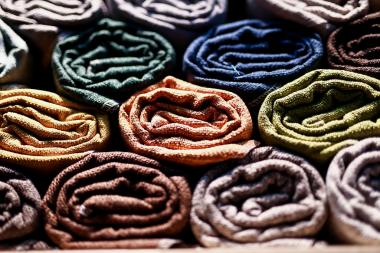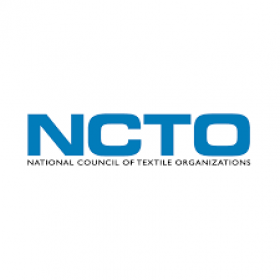INDEX™20 closes with a clear message for the future
INDEX™20 opened its doors, after an 18 month’ wait, delighted to welcome the nonwoven industry back to Geneva with open arms. The exhibition floor was busting with activity and anticipation at the prospect of new business.
Over 500 exhibitors from 44 countries were present at the event, premiering their latest innovations. The resounding message was one of a positive outcome and an inspiring vision of the industry’s future across the spectrum of applications sectors.
The industry continued to evolve dramatically during the pandemic, and expectations were high as players from across the industry worldwide came together for the first time since 2017. Exhibitors said their expectations were exceeded, citing the high quality of the visitors present, converging on INDEX™ to conclude new business projects.
Over 9,300 visitor entries were recorded on-site, and over a thousand on the virtual platform.
As the industry’s first hybrid industry event, many attendees made the most of the interactive INDEX™ virtual platform by arranging video meetings and messaging as well live exchanges. It also meant those unable to attend personally benefitted from the rich Sector Seminar programme and a wide variety Exhibitor Product Presentations.
The Innovation Lab opened its doors for the first time, demonstrating the sheer diversity of applications in which nonwovens are employed. The spotlight was on nominees of the INDEX™ Innovation Awards, and the winners presented with their coveted bronze statues designed by Belgian artist Olivier Strebelle. This initiative demonstrates the innovative properties and uses of nonwovens across a wide range of sectors, demonstrating the exciting future of the industry and its suppliers.
INDEX™23 will take place from 18 to 21 April 2023.


